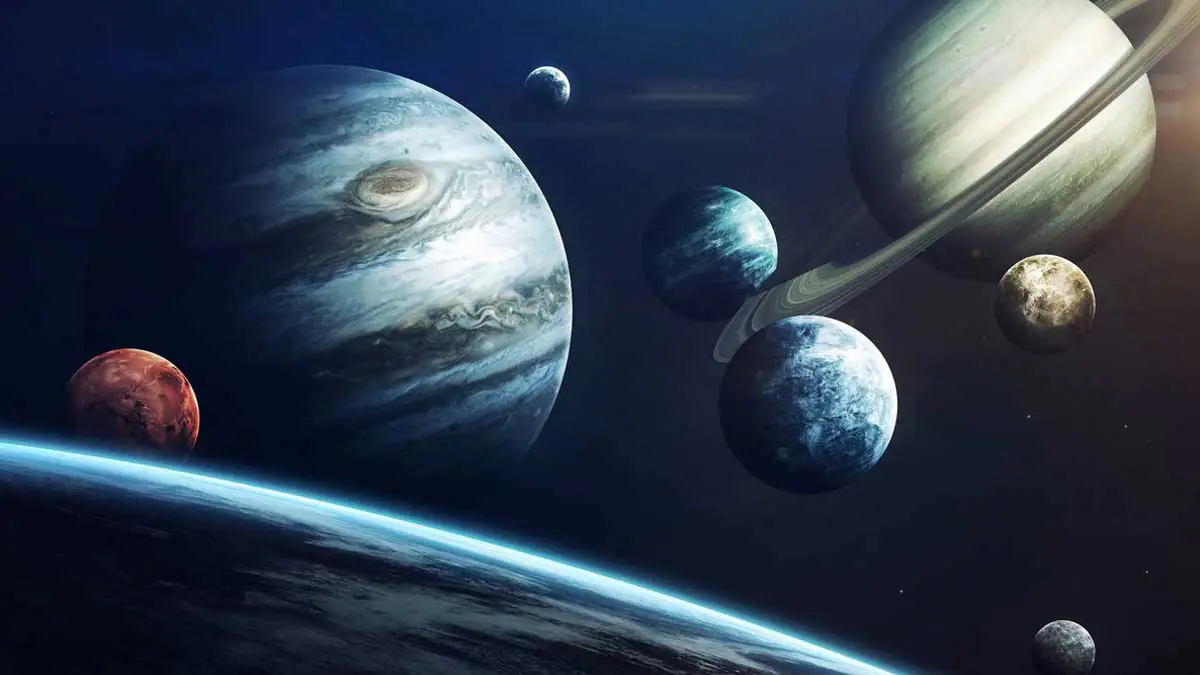© ROOT-NATION.com - Use of content is permitted with a backlink.
Standing on the surface of the Earth, it is easy to forget that our planet is speeding around the Sun at a speed of more than 107,800 km/h. And it’s even easier to forget that there are seven other planets also orbiting the Sun at the same insane speed. Or that all the planets of the solar system have been rotating continuously for billions of years.
But what might blow your mind is the data on how many revolutions each planet has made around the Sun. This may seem like a complicated calculation, but since the planets’ orbits remain virtually unchanged for most of their existence, it only takes a little maths to figure it out.

The Solar System was born about 4.6 billion years ago when the Sun began to form from a cloud of dust left over from earlier stellar explosions. About 4.59 billion years ago, giant planets were born – Jupiter, Saturn, Uranus and Neptune. And about 4.5 billion years ago, smaller rocky planets – Mercury, Venus, Earth and Mars – formed.
But when the planets were born, their orbits around the Sun were not as they are today (especially the giant planets). For about 100 million years after the formation of the first planets, there was a “dynamic instability” between them, but once all the planets settled into their orbits and stopped jostling each other for their positions, the orbits remained almost unchanged.

“During 98-99% of the life of the Solar System, the orbits of the planets were stable,” scientists say. As a result, it is possible to use the current orbital dynamics to make a fairly accurate estimate of how many revolutions the planet has completed around the Sun.
Let’s take, for example, the Earth. Our planet makes one revolution around the Sun per year, and it has existed for 4.5 billion years, so it has made approximately 4.5 billion revolutions around the Solar System. However, the number of complete revolutions of other planets varies greatly, as their years are either shorter or longer than Earth’s.

Mercury, the planet closest to the Sun, takes only 88 days (or about 0.24 years) to complete one revolution. So, over the past 4.5 billion years, it has made about 18.7 billion revolutions around the Sun. And Neptune, the farthest planet from the Sun, needs about 60,190 days (or 164.7 years). So for 4.59 billion years of its existence, it managed to make only 27.9 million revolutions.
These sound like impressive numbers (and they are), but most planets could potentially double their number of orbits in the time remaining in their lifetimes. In about 4.5 billion years, the Sun will swell, reach Earth’s orbit, and become a red giant that will destroy Mercury, Venus, and Earth. Other planets may survive for a while longer if they don’t burn up, but their orbits will likely change significantly.
Read also:
- SpaceX postponed the launch of the Falcon Heavy with the X-37B orbital plane
- MediaTek WiFi 7 chips will start rolling out next year to drive innovation


